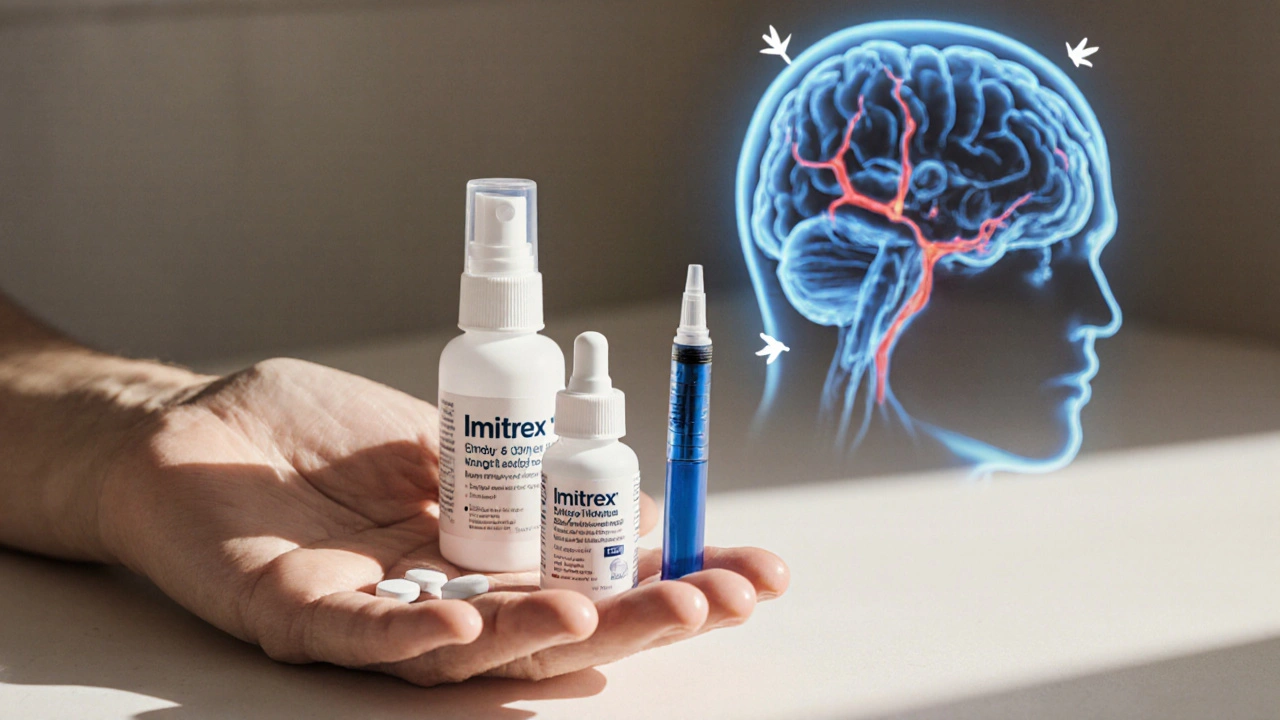CGRP Antagonists: Your Quick Guide to Migraine Relief
When working with CGRP antagonists, drugs that block the calcitonin gene‑related peptide (CGRP) pathway to prevent migraine attacks. Also known as gepants or anti‑CGRP therapies, they have reshaped how doctors manage both episodic and chronic migraine. Migraine, a neurovascular headache disorder marked by throbbing pain, nausea, and light sensitivity affects millions worldwide, and the link between CGRP release and migraine pain is now a cornerstone of treatment science. Monoclonal antibodies, large protein drugs that bind to CGRP or its receptor and stay in the body for weeks represent the injectable side of the class, while Gepants, small‑molecule oral agents that block the CGRP receptor give patients a pill option. Together these agents form a new preventive toolkit that targets the same biological pathway from different angles.
How the Different Types Fit Together
The first major split is between injectable antibodies and oral gepants. Antibodies such as erenumab, galcanezumab, and fremanezumab are given once a month or once a quarter, providing steady CGRP blockade without daily dosing. Gepants like rimegepant and atogepant are taken daily or as needed, offering flexibility for people who prefer pills or who need rescue relief. Both categories share the core attribute of inhibiting CGRP activity, but they differ in pharmacokinetics, administration route, and side‑effect profile. Antibodies tend to cause mild injection‑site reactions, whereas gepants may cause constipation or nausea. Choosing the right type often depends on patient lifestyle, insurance coverage, and how often attacks occur. The decision process itself illustrates a simple rule: if you need long‑term, hands‑off prevention, antibodies are a strong fit; if you want on‑demand control or cannot tolerate injections, gepants fill the gap.
From a clinical standpoint, CGRP antagonists are approved for preventive treatment of adults with episodic or chronic migraine who have not responded to traditional options like beta‑blockers or anti‑seizure meds. Studies show a 50 % reduction in migraine days for around one‑third of patients on antibodies, and a similar response rate for daily gepants. Importantly, these drugs work regardless of migraine trigger, because they act on the final common pathway—CGRP release from trigeminal nerves. This mechanism also means they have a relatively clean interaction profile; most drug‑drug interactions are mild, making them safe for patients on multiple prescriptions. Real‑world use highlights the importance of proper patient education: teaching injection technique, setting expectations about the 4–8 week onset of benefit, and monitoring for rare side effects like hypertension or liver enzyme changes.
Below you’ll find a curated selection of articles that dive deeper into the practical side of CGRP antagonists. We cover everything from safe online purchasing tips for generic options, price‑comparison guides, and side‑effect management, to detailed comparisons between specific antibodies and gepants. Whether you’re looking for a quick price check, want to understand how these drugs stack up against older migraine preventives, or need real‑world stories from patients, the posts below give you actionable information to make an informed choice.
